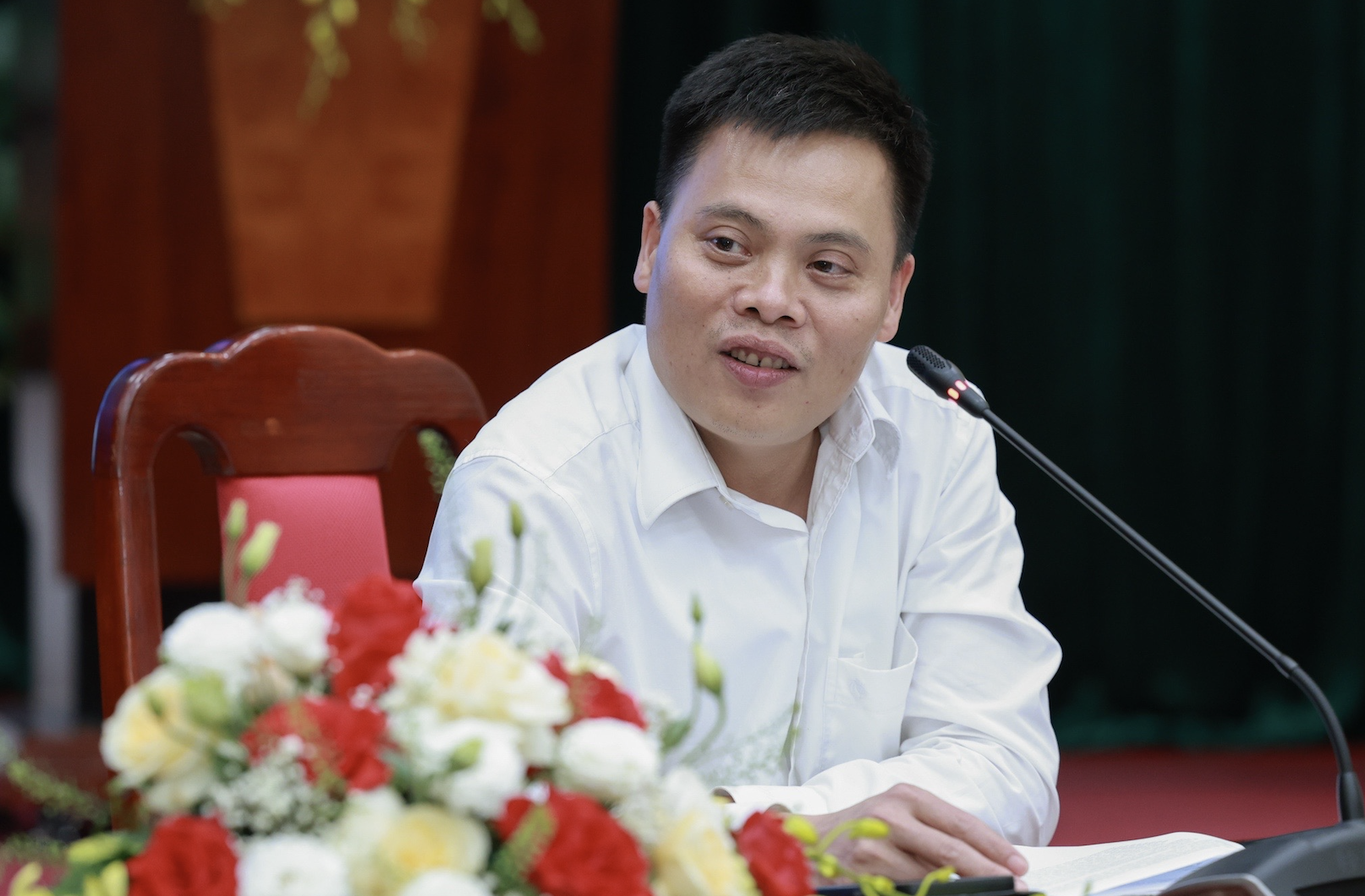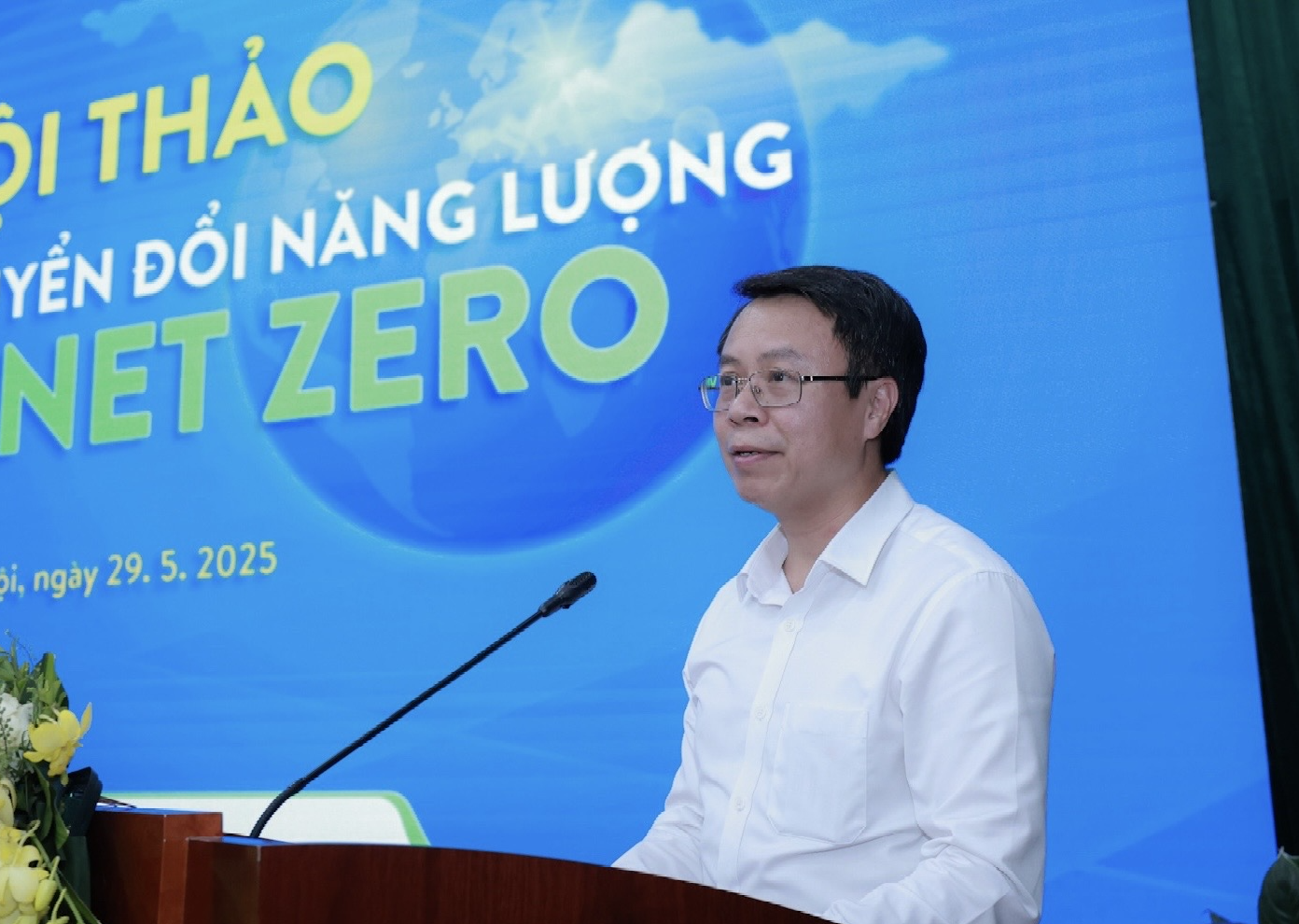Vietnam’s renewable energy sector is slowing down despite earlier breakthroughs. Over 4,000 MW of completed solar and wind power projects have yet to secure power purchase agreements (PPAs), while tens of gigawatts worth of new projects remain in limbo, pending approval.
Renewable energy momentum stalls

At the seminar “Energy transition solutions toward Net Zero” hosted by Lao Dong on May 29, Associate Professor Dr. Dang Tran Tho, Director of the Institute of Energy Technology, emphasized that energy plays a crucial role in national socio-economic development, serving as the driving force behind all sectors.
In recent years, Vietnam has made significant strides in renewable energy. Between 2018 and 2020, solar energy surged with over 16.5 GW operationalized, positioning Vietnam as the leading solar power producer in ASEAN, surpassing even Thailand.
By the end of 2023, wind power capacity reached around 4.3 GW, primarily developed in Ninh Thuan, Binh Thuan, and the Central Highlands provinces.
However, since 2021, the growth of renewables has slowed sharply following the expiration of the feed-in tariff (FIT) policy, with no replacement mechanism introduced in time. As a result, over 4,000 MW of completed projects have no PPAs or face frequent curtailment due to limited transmission capacity.
The delay in introducing a transitional pricing policy has paralyzed tens of gigawatts of new capacity, leading to substantial waste of social resources.
Dr. Tho noted that the shift from FIT to auctions or ceiling-price PPAs remains unclear in terms of pricing methodology, risk-sharing mechanisms, and implementation roadmap.
Current PPA contracts also lack strong legal enforceability, payment guarantees, and risk-sharing frameworks for infrastructure, policy, and legal challenges, making long-term investments unattractive for international financiers. Many banks remain hesitant to finance renewable energy projects in Vietnam.
Urgent need for a renewable energy law

To address these issues, Dr. Tho proposed the urgent implementation of a dedicated renewable energy law. This law should clearly define the scope of renewable energy types, investor rights and obligations, licensing and grid-connection processes, storage regulations, legally binding PPA templates, payment mechanisms for ancillary services, and risk-sharing systems.
He emphasized that the law should align with global trends and be developed with input from major businesses and financial institutions to ensure feasibility and attract investment.
Deputy Director of the Electricity Regulatory Authority of Vietnam (under the Ministry of Industry and Trade), Doan Ngoc Duong, reported that as of December 2024, Vietnam’s installed capacity for renewable and clean energy had reached 29,180 MW, accounting for 33.6% of total national capacity.
To achieve the targets set in the revised Power Development Plan VIII and move toward Net Zero by 2050, Duong stressed the need for a transparent, investor-friendly environment and the removal of procedural hurdles for energy development projects.
The amended Electricity Law No. 61, effective February 1, 2025, and its supporting regulations are expected to address key bottlenecks in investment procedures. They will clarify planning and project listings and introduce incentives for rooftop solar, offshore wind, energy storage, and green hydrogen projects.
However, Duong emphasized that the legal framework must continue to evolve, becoming more coherent, flexible, and effective. Policies should actively encourage renewable and new energy production and usage to attract domestic and foreign investment.
He also noted that energy transition cannot succeed without a smart, adaptable grid. According to Decision No. 768, transmission infrastructure requires around USD 18.1 billion in investment from 2026 to 2030 to accommodate renewable generation and inter-regional grid integration using modern technology.
Therefore, Vietnam must accelerate the construction of strategic transmission lines and digitize the power grid to efficiently harness renewable energy sources nationwide.
Duong added that nuclear power’s long-term role should be reconsidered. As a stable, carbon-free source, nuclear energy could serve as a foundational component of a future grid dominated by renewables. Vietnam is revisiting plans for the Ninh Thuan 1 and 2 nuclear plants in cooperation with partners offering modern, safe, and reliable technology.
He concluded that Vietnam must establish a modern electricity market and policy framework. This includes finalizing a competitive electricity market, implementing carbon credit systems, pricing emissions, promoting green finance, and developing public-private partnership models.
Tam An